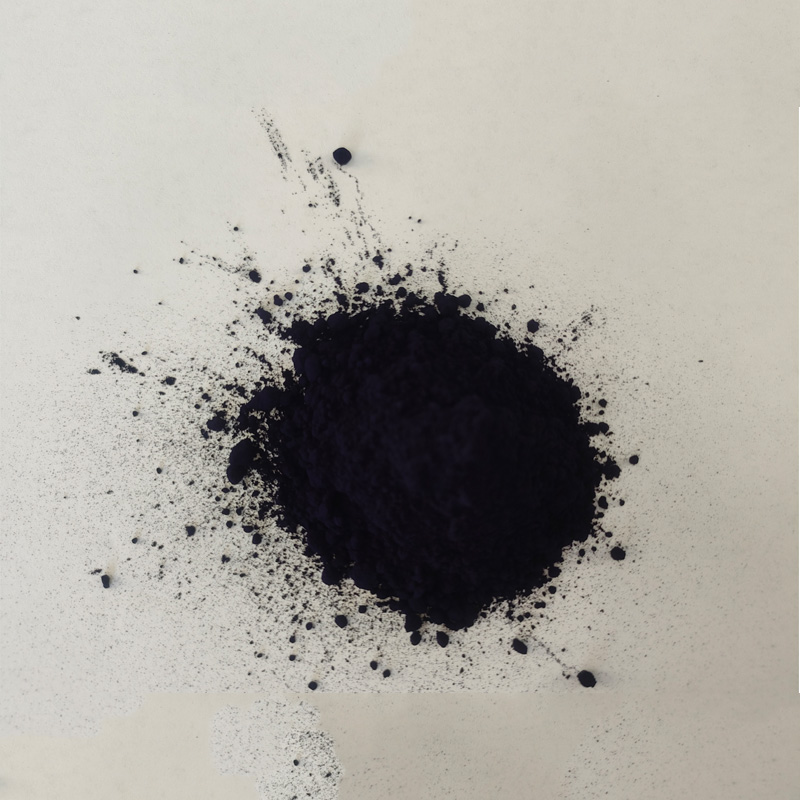dyeing with indigo
Dyeing with Indigo A Timeless Craft
Indigo dyeing is a centuries-old textile technique that has fascinated artisans and fashion enthusiasts alike with its deep, rich blue hues. Celebrated for its unique properties and cultural significance, indigo remains a central color in a variety of world traditions, making it an enduring element of the global textile landscape. This article explores the history, process, and cultural importance of indigo dyeing, shedding light on its revival in contemporary practices.
Historical Context
The use of indigo dates back to ancient civilizations. Archaeological evidence suggests that indigo dyeing was practiced in Egypt, India, and China as early as 2600 BC. Its popularity grew throughout the ages, becoming a significant trade commodity in Europe and the Americas during the colonial period. The indigo plant, primarily *Indigofera tinctoria*, was cultivated extensively for its dye, leading to the establishment of large plantations.
During the 18th century, indigo became a major cash crop in the southern United States, particularly in South Carolina. However, this blossoming industry had severe consequences as it relied heavily on enslaved labor, illuminating a dark chapter in history. The complexities of indigo dyeing are thus intertwined with social narratives that shape our understanding of cultural and economic histories.
The Dyeing Process
Indigo dyeing is celebrated for its unique chemical properties. Unlike many dyes that are soluble in water, indigo is not water-soluble in its natural state. The dye is derived from the fermentation of the indigo plant leaves, which contain a compound called indican. This compound must be processed to produce indigo dye through enzymatic reactions, where indican is converted into indigotin, the actual dyeing agent.
The dyeing process begins by harvesting the indigo leaves. After the leaves are fermented in water, a chemical reaction takes place that breaks down the indican into a soluble form. The resulting liquid is called an indigo vat. Fibers or fabrics are then submerged in this vat, absorbing the dye. The magic happens as the fabric is pulled out of the vat—exposed to oxygen, the dye oxidizes and turns a brilliant blue. This unique process requires multiple dips in the vat to achieve the desired depth of color.
dyeing with indigo

Cultural Significance
Indigo dyeing is not just a craft; it is a cultural practice steeped in tradition. In many societies, the color blue is associated with spirituality and protection. In West African cultures, for instance, indigo has been used in ceremonial clothing and is believed to ward off evil spirits. Japanese artisans have perfected the art of shibori, a resist-dyeing technique that allows for intricate, beautiful patterns to be created with indigo dye. Each of these practices is steeped in meaning and passed down through generations, reflecting local customs and beliefs.
In South Asia, indigo dyeing has a rich connection to the region’s textile heritage, seen prominently in items such as the traditional Indian sari or the Japanese kimono. In these societies, indigo is not simply a dye; it represents a cultural identity, expressing a sense of belonging and heritage.
The Contemporary Revival
In recent years, there has been a resurgence of interest in indigo dyeing among artisans and designers worldwide. As consumers increasingly seek sustainable and eco-conscious fashion, indigo dyeing offers a natural alternative to synthetic dyes. This revival has encouraged many to return to traditional methods of dyeing, emphasizing craftsmanship and local production.
Modern designers are experimenting with indigo in innovative ways, collaborating with local artisans to produce unique textiles that honor tradition while appealing to contemporary aesthetics. This blend of old and new not only sustains the craft but also fosters a new appreciation for culturally significant practices.
Conclusion
Dyeing with indigo transcends time and culture, reflecting the deeply interconnected stories of human civilization, artistry, and heritage. From its ancient origins to its modern-day applications, the indigo dyeing process serves as a reminder of the wisdom embedded in traditional crafts and their relevance in our ever-evolving world. As we embrace sustainable practices and honor the artistry of past generations, the indigo-dyed fabric remains an emblem of beauty, resilience, and cultural continuity, captivating the hearts and minds of many.
-
The Timeless Art of Denim Indigo Dye
NewsJul.01,2025
-
The Rise of Sulfur Dyed Denim
NewsJul.01,2025
-
The Rich Revival of the Best Indigo Dye
NewsJul.01,2025
-
The Enduring Strength of Sulphur Black
NewsJul.01,2025
-
The Ancient Art of Chinese Indigo Dye
NewsJul.01,2025
-
Industry Power of Indigo
NewsJul.01,2025
-
Black Sulfur is Leading the Next Wave
NewsJul.01,2025

Sulphur Black
1.Name: sulphur black; Sulfur Black; Sulphur Black 1;
2.Structure formula:
3.Molecule formula: C6H4N2O5
4.CAS No.: 1326-82-5
5.HS code: 32041911
6.Product specification:Appearance:black phosphorus flakes; black liquid

Bromo Indigo; Vat Bromo-Indigo; C.I.Vat Blue 5
1.Name: Bromo indigo; Vat bromo-indigo; C.I.Vat blue 5;
2.Structure formula:
3.Molecule formula: C16H6Br4N2O2
4.CAS No.: 2475-31-2
5.HS code: 3204151000 6.Major usage and instruction: Be mainly used to dye cotton fabrics.

Indigo Blue Vat Blue
1.Name: indigo blue,vat blue 1,
2.Structure formula:
3.Molecule formula: C16H10N2O2
4.. CAS No.: 482-89-3
5.Molecule weight: 262.62
6.HS code: 3204151000
7.Major usage and instruction: Be mainly used to dye cotton fabrics.

